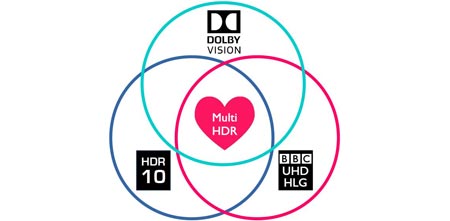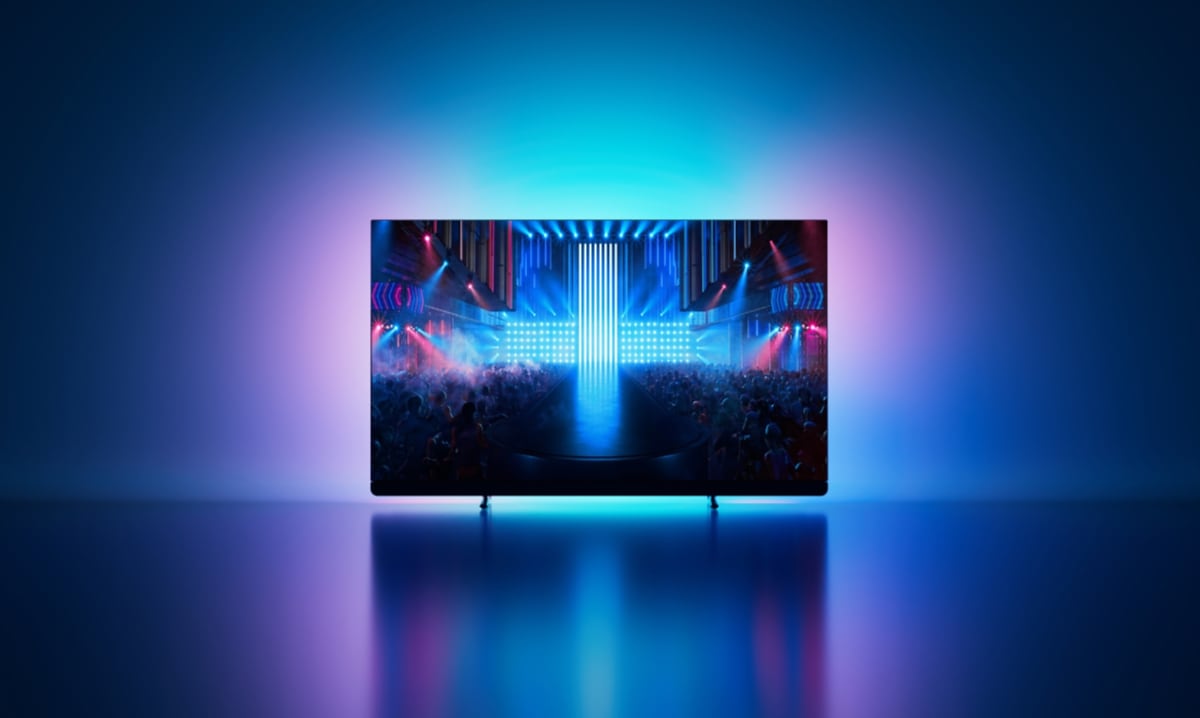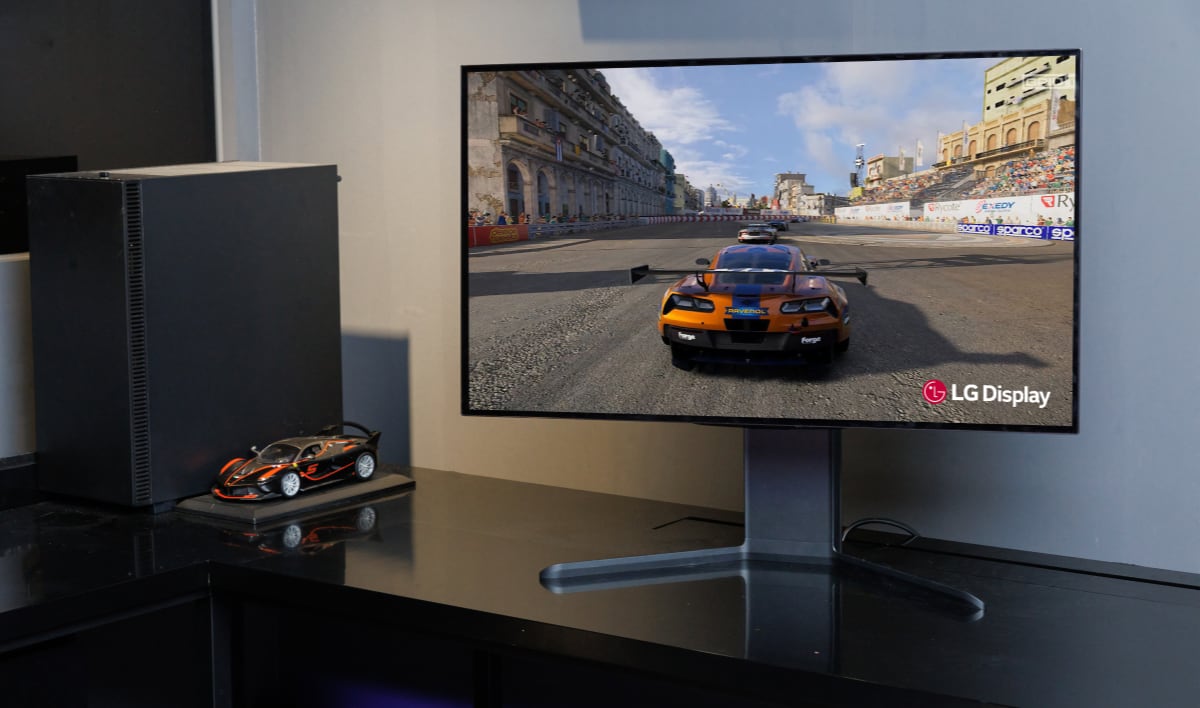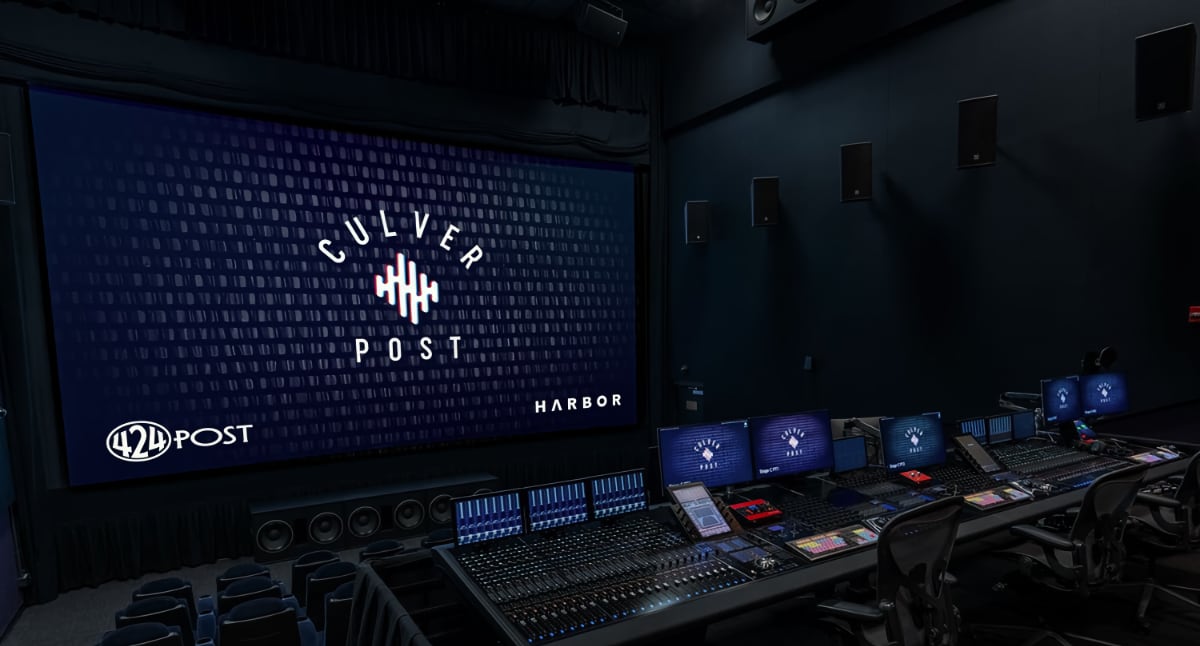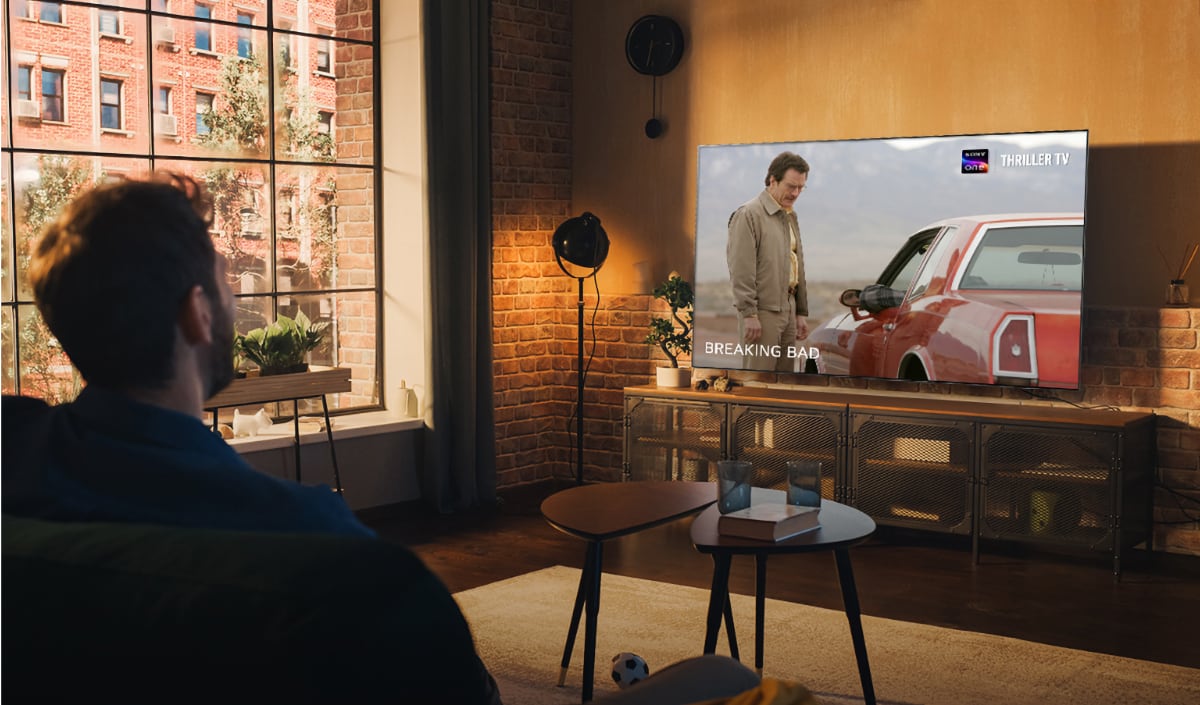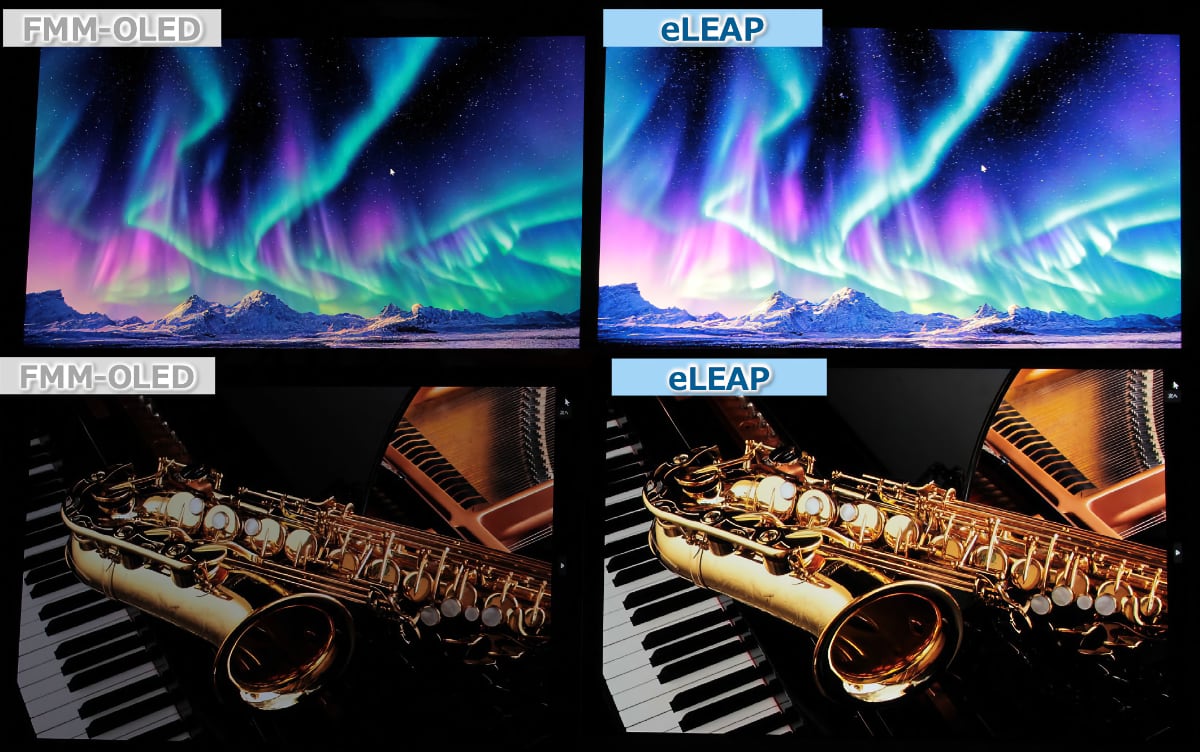If you’re somewhat up-to-date on the development of High Dynamic Range (HDR) video you’ll be aware that there are different standards in the market. HDR10 and Dolby Vision have so far attracted most attention and recently Hybrid Log Gamma (HLG) has gained prominence. Yet more standards exist.
Quite a few publications (*) have referred to this situation as a format war. Is that fair? Not quite – it’s needlessly sensationalist. Of course, they have to generate clicks, but such overblown statements border on clickbait. There is no HDR format war. Here’s why.
If you’re old enough you’ll have witnessed the video cassette format war of the early eighties. There was JVC’s VHS, Sony’s technically superior Betamax and if you lived in Europe you may know Philips had an even better format – Video Compact Cassette (VCC), also known as V2000. These physical formats had different dimensions and characteristics. A VHS tape would only fit into a VHS deck, not into a Beta VCR, and vice versa. If was not possible, or at least not practical, to make hardware that could deal with more than one format.
How very different is the situation with HDR. We’re talking about digital formats here, that are not tied tightly to physical formats. Decoding the content is a matter of software, and there’s nothing that bars a manufacturer from supporting multiple formats – they’re in no way mutually exclusive. In fact, most TV makers by now do support more than one type of HDR (see diagram below). OTT streaming providers Netflix, Vudu and Amazon Prime Video support both HDR10 and Dolby Vision. The Ultra HD Blu-ray standard supports three HDR formats; HDR10 is mandatory for all discs and all players.
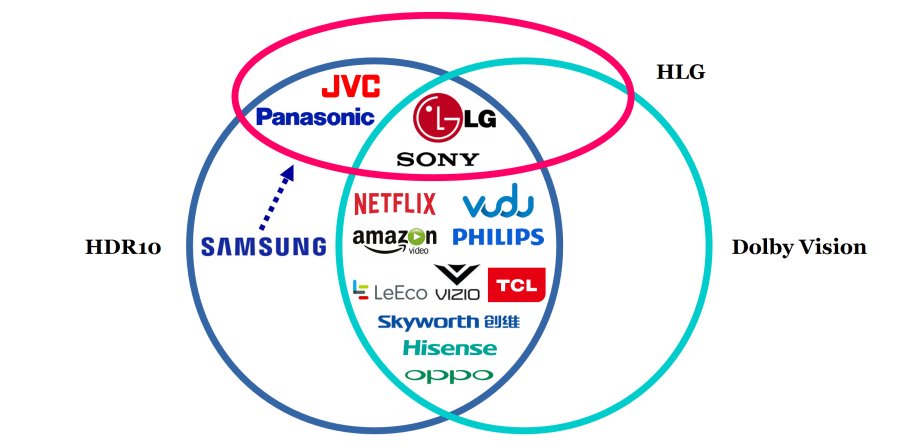
The situation is akin to surround sound formats: Any decent AV Receiver will support a variety of standards from Dolby, DTS and sometimes other companies. Of course, these are all decoded on DSPs where an algorithm is added relatively easily, provided it has enough processing power, but even the situation with HDR video, which in some cases requires specific silicon, doesn’t preclude multi-format support. VS10, the engine Dolby built for decoding Dolby Vision, supports HDR10 as well and practically any device that can handle Dolby Vision will be able to deal with HDR10 content, too.
Are the HDR formats completely interchangeable? Not really; they offer different benefits. HDR10 uses static metadata whereas Dolby Vision uses dynamic metadata which can offer better picture quality. Dolby Vision however requires a license while HDR10 is a free standard. HDR10+, developed by Samsung and supported by Amazon Video, also offers dynamic metadata and is free to use but has very little support in terms of content. HLG in turn offers benefits to broadcasters in terms of compatibility with existing production workflows, making it easier to deploy and to use for live broadcasts. For more details, have a look at The State of HDR in broadcast and OTT.
Is it dangerous to suggest there’s a format war? Absolutely. Around 2000, two competing high-resolution, multi-channel audio carriers came to market – DVD-Audio and Super Audio CD. Initially, players and discs were not interchangeable and a lot of coverage spoke of a format war. Not much later universal disc players appeared that accepted both formats but it was too late: The general perception had become that either format had to win out over the other, and many prospective buyers took a wait-and-see approach. Both formats continue to see new releases to this day but have been confined to a niche. Of course, other factors may have played a role but the perceived format war has been disastrous.
Also read HDR on TVs explained
A similar situation has occurred in the DVD Recorder market, with DVD-RAM, DVD-R/RW and DVD+R/RW initially competing, until ‘Super Multi Drives’ became available. The format war between Blu-ray Disc and HD-DVD a few years later was brief but could have been avoided if multi-format support had been implemented.
In short, when it comes to HDR, consumers are not forced to make an exclusive choice for any particular standard when they buy a TV or UHD BD player. Most if not all ‘basic’ HDR TV sets will support HDR10 plus HLG, and consumers who want a premium experience may opt for a TV that offers Dolby Vision in addition. Expect universal or at least multi-HDR support to become the norm.
* Articles: USA Today, CNET, The Verge, Ars Technica, TechRadar, TechHive, ExpertReviews, RedSharkNews, Recombu, TomsGuide, HowToGeek, The Listener; videos: NCIX, Wolfcrow
Yoeri Geutskens has worked in consumer electronics for more than 15 years, on products and technologies including DVD Recorders, Super Audio CD and Blu-ray Disc. He writes about high-resolution audio and video. You can find his blogs about Ultra HD, 4K, HDR and related developments at
@UHD4k and
@UltraHDBluray.

